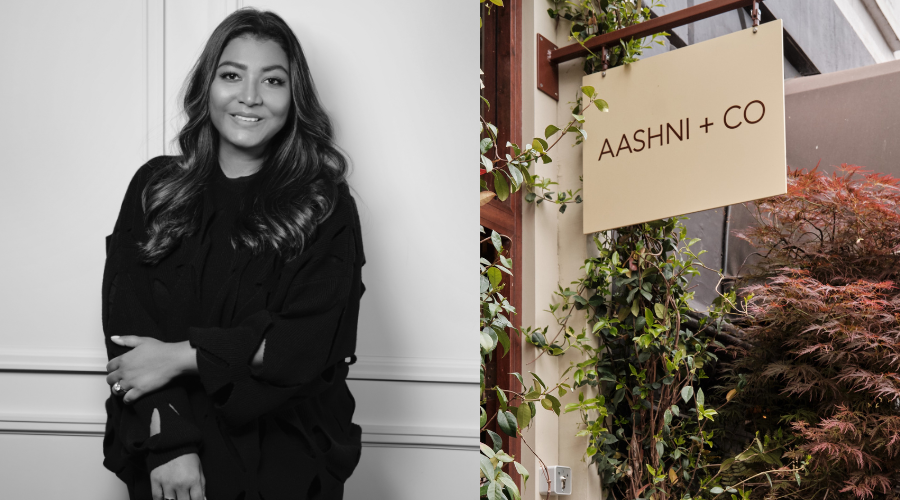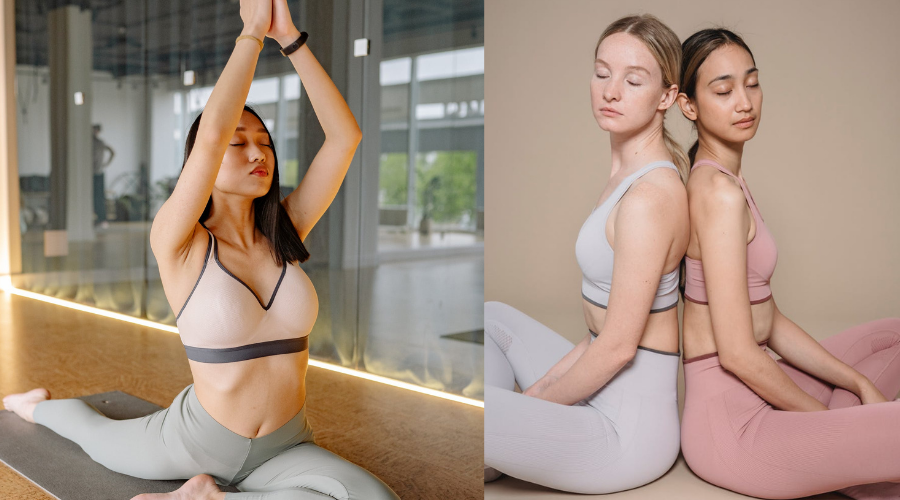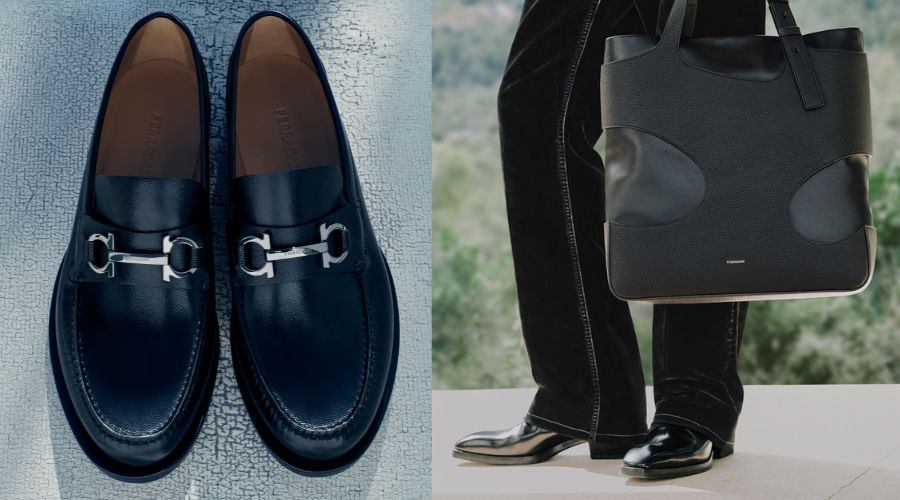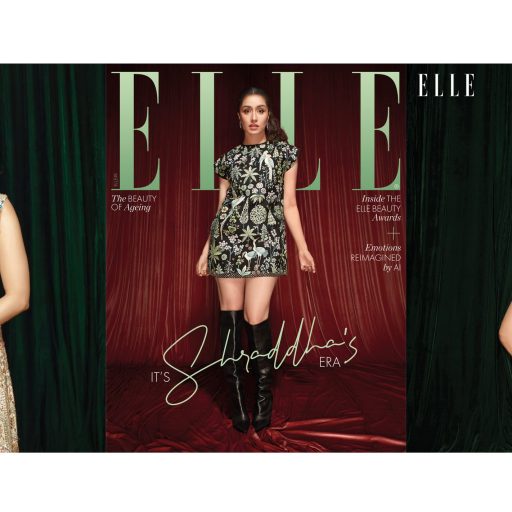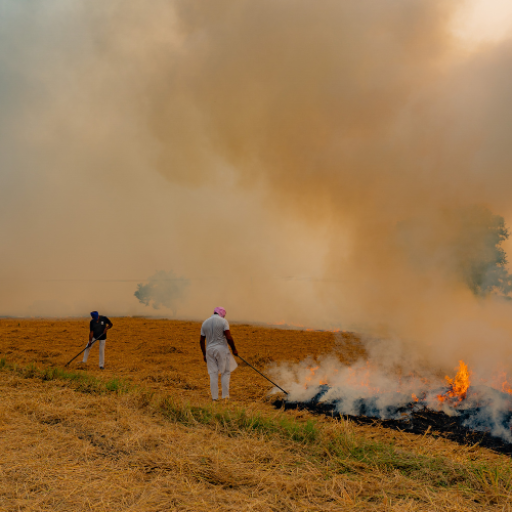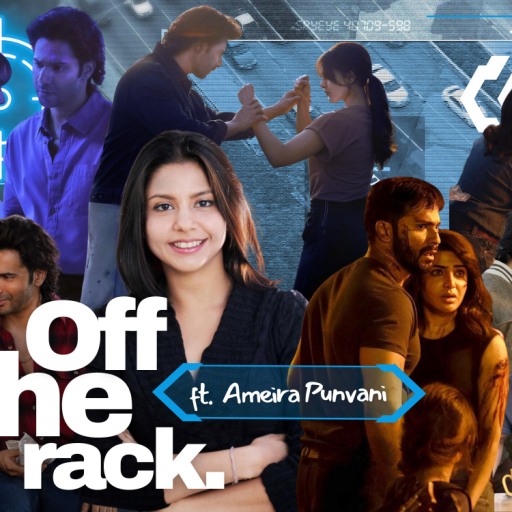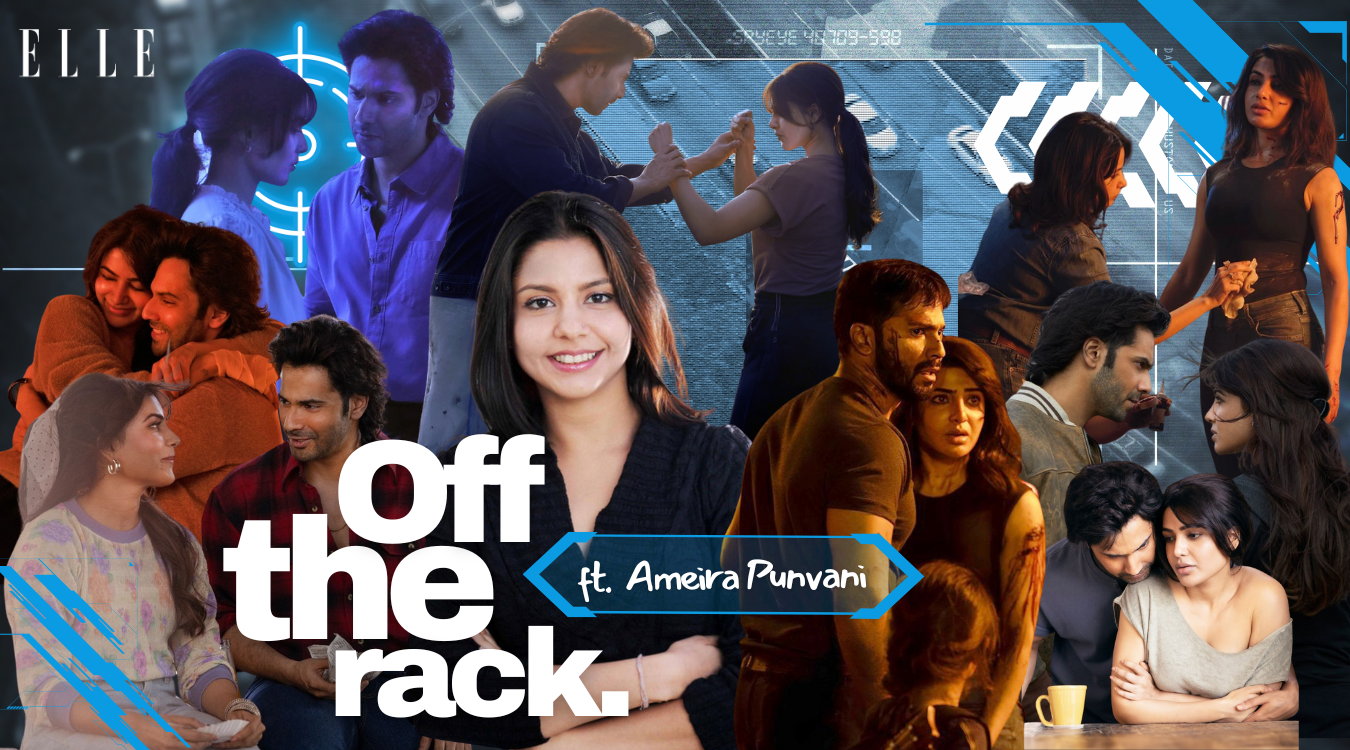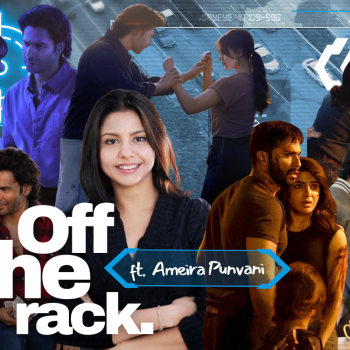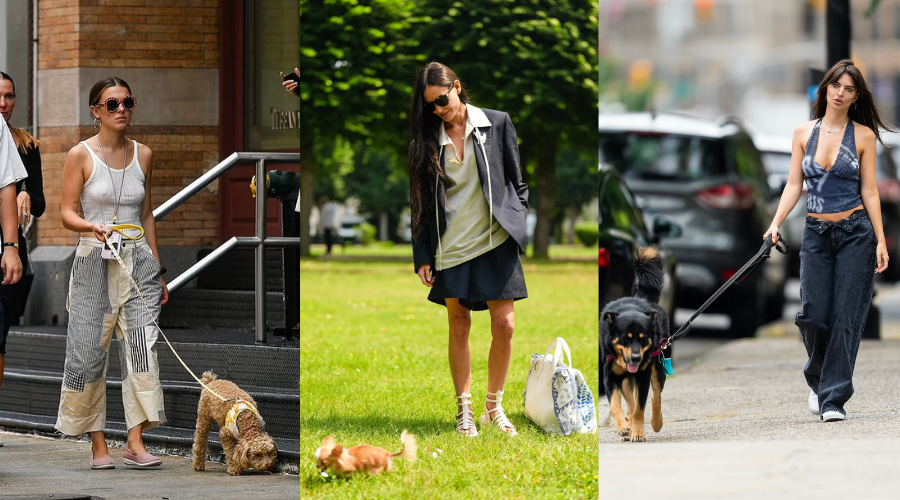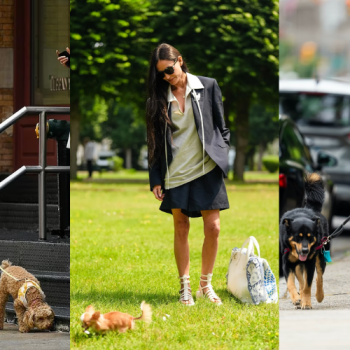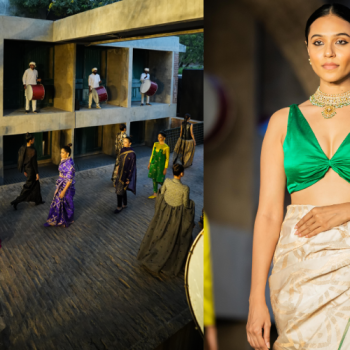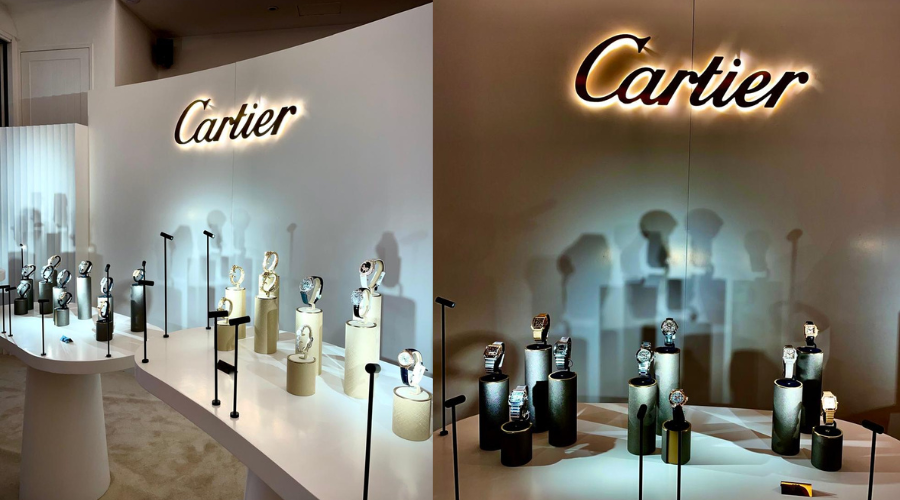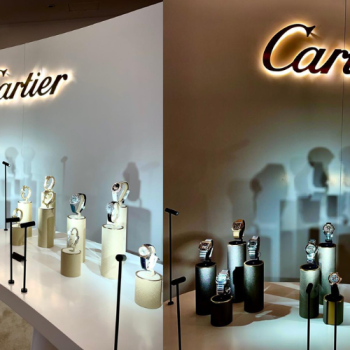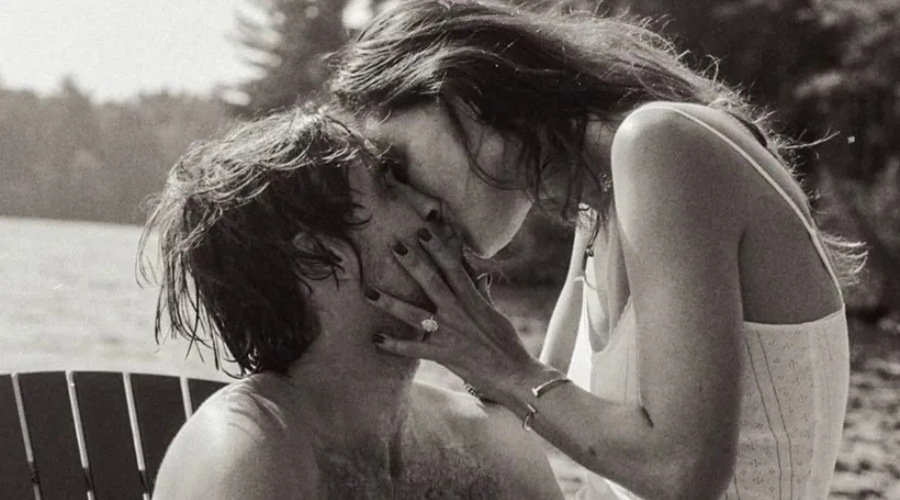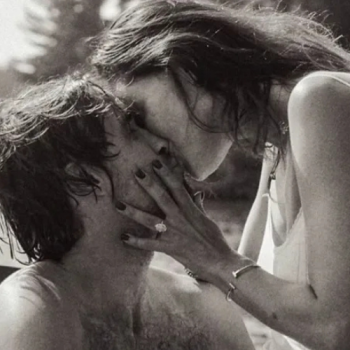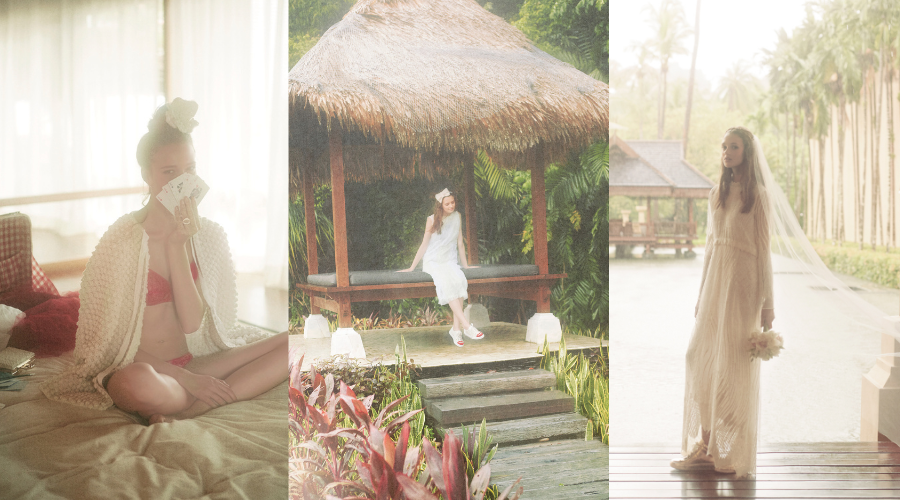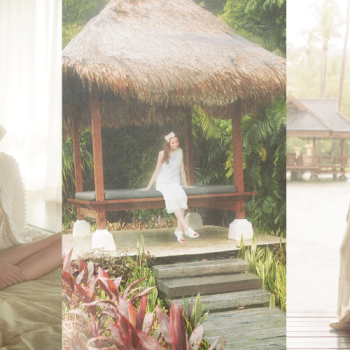Seated across from Neeta Lulla, I felt the ambience reverberate with nostalgia. Renowned for her four-time national award-winning costume design, she has left an indelible mark on the fashion industry, particularly through her work in over 400 films. Lulla’s career blossomed in the film industry, where she designed costumes for iconic films like Chandni (1989) and Lamhe (1991), helping bring the quintessential Yash Chopra heroine to life, and later on period films like Devdas (2002) and Jodha Akbar (2013). She has dressed actors like Sridevi, Aishwarya Rai Bachchan, Shah Rukh Khan and Rajnikanth, blending Indian aesthetics with contemporary flair seamlessly. On the occasion of clocking four decades in the industry, the legendary fashion and costume designer reflects on her journey to the zenith of cinema and fashion in India. She also talks about her ongoing work through the House of Neeta Lulla.
ELLE: What was the driving force behind establishing the House of Neeta Lulla?
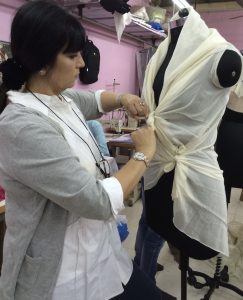
Neeta Lulla (NL): I come from Hyderabad, and my go-to for fashion inspiration has always been films. My mom used to tear out magazine pages and make copies of those outfits from fabrics she bought or use her old saris. When I did my first collection, I picked up a cotton bandhani saree, which was all of ₹50. I made wharf pants with it with a corseted backless choli, and that, I think, is where my specific design language, which was Indian at heart but with Edwardian sensibilities, started to take shape. I sold sandwiches to buy a second-hand sewing machine. And if that is what you call being entrepreneurial and starting a brand, that is how it started—without any call to action, without creating a business plan. You were your own merchandiser, accountant, runner, everything.
ELLE: Throughout your career, you’ve made significant efforts to revitalise heritage fabrics. Tell us more about it.

NL: It stems from my interest in South Indian weaves because I grew up seeing these ladies clad in gorgeous Kanjivarams coming to the temple with wet hair and sindoor. That culture has seeped into my system very strongly. My serious work with heritage fabrics, however, started with the film Devdas (2002), for which I designed the costumes. At that point in time, we did not have phones or social media, but I had people come up to me and tell me that because of you, we’ve opened our mom’s or grandmother’s cupboard and removed that beautiful old saree and worn it with a t-shirt or a shirt.
ELLE: Today, what is your biggest source of inspiration for continuing to create? What gets you out of bed excited for a workday?
NL: I believe that if you are resilient about what you do and how you do it, the sky’s the limit. I love my work. If I don’t get a work call first thing in the morning, I feel nobody loves me anymore (laughs).
ELLE: Over the last four decades, what positive changes have you seen and rallied for in the industry?
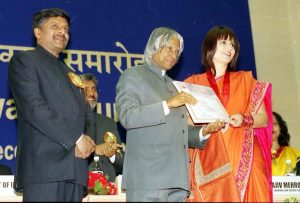
NL: Today, at the touch of a button, you have the whole world open in front of you. We never had brands and stores where we could pick up stuff for styling or photo shoots—everything was made from scratch. So I was making the outfit, the shoes, the jewellery, everything. Today, everything is available. Fashion has come of age and there is space for everybody.
ELLE: How do you see your design aesthetic aligning with the needs of the current generation?
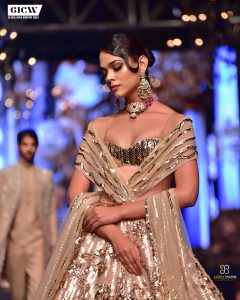
NL: Oh, I love Gen Z’s thought process. I even speak the Gen Z language very often. I love it. Because I teach at SNDT and various other institutes, I am constantly in touch with Gen Z and what they’re thinking. My teaching is not through talking fashion jargon but through interactive sessions. And year after year, the progression is amazing. I’m blessed to be able to see that progression.
ELLE: As you look back at four decades, would you say you are at the place you always envisioned to be?

NL: I don’t think I’m at the place I wanted to be. I want to do something different, something new. Maybe for the next collection, we will see a mix of things.
Read the full story on ELLE India’s new issue, or download your digital copy via Magzter.


